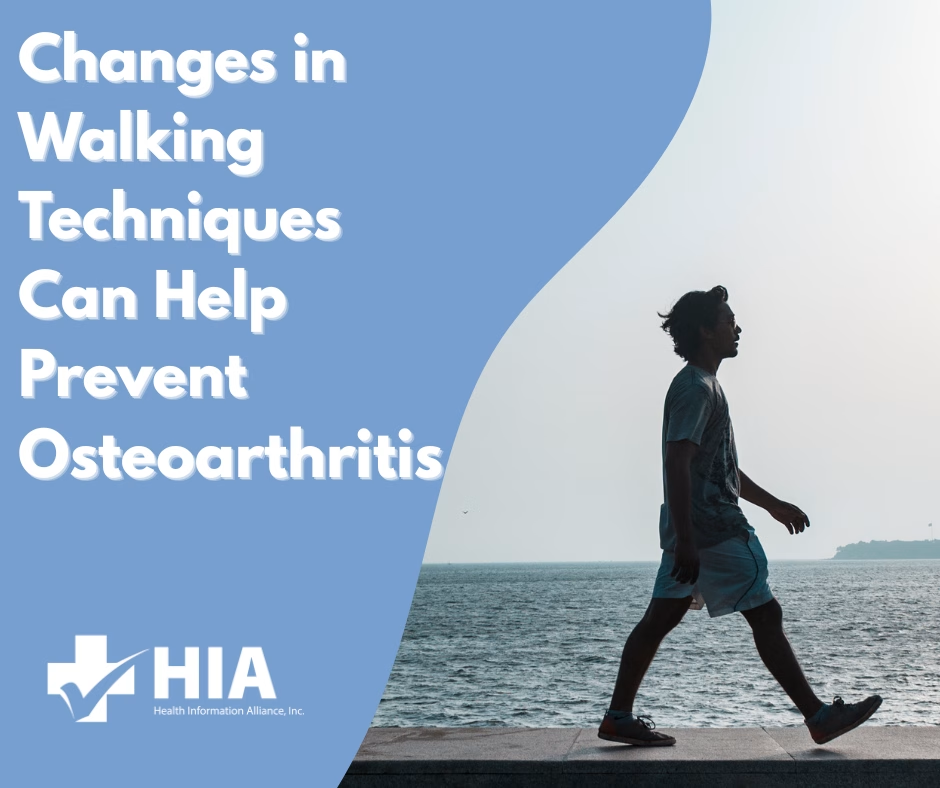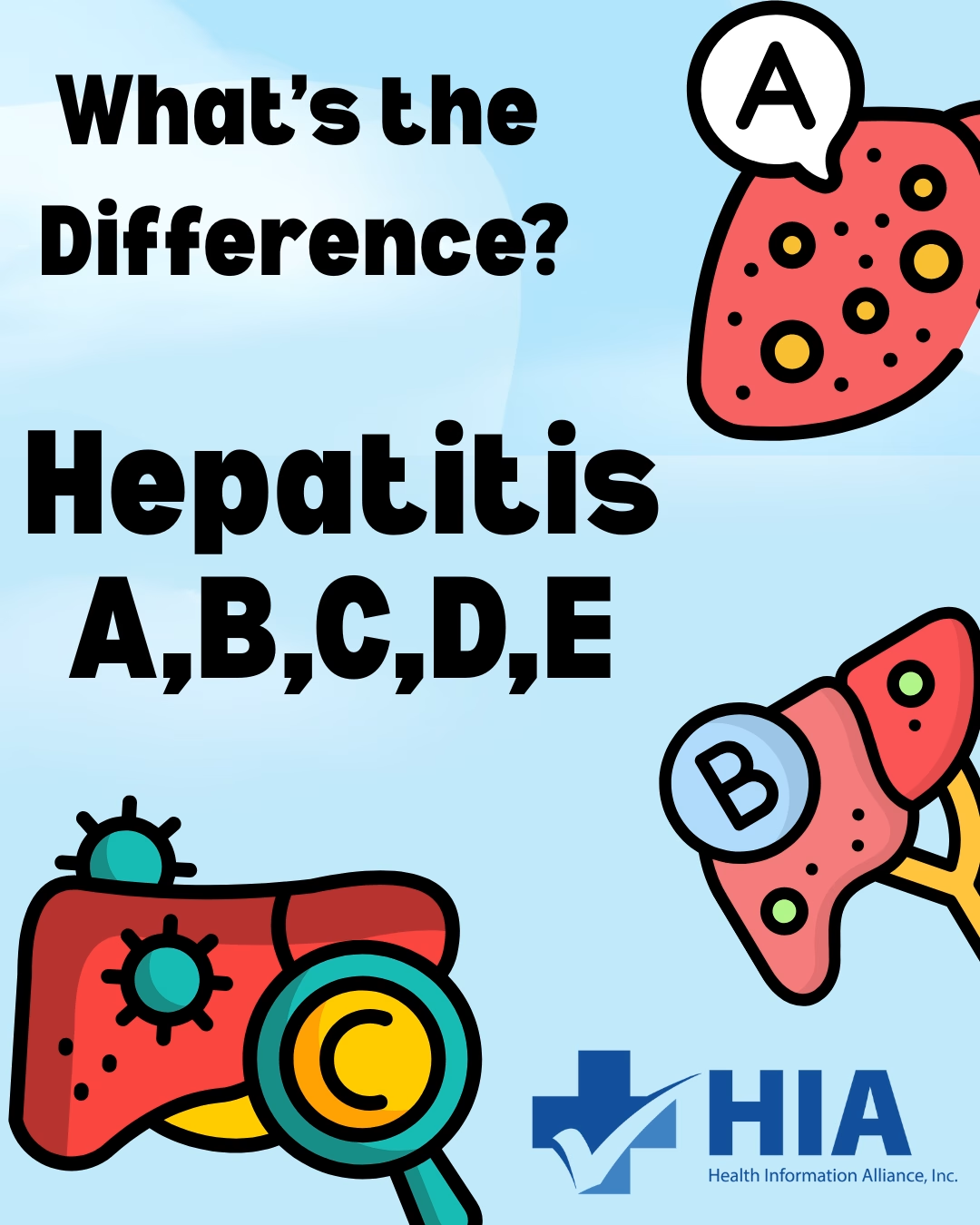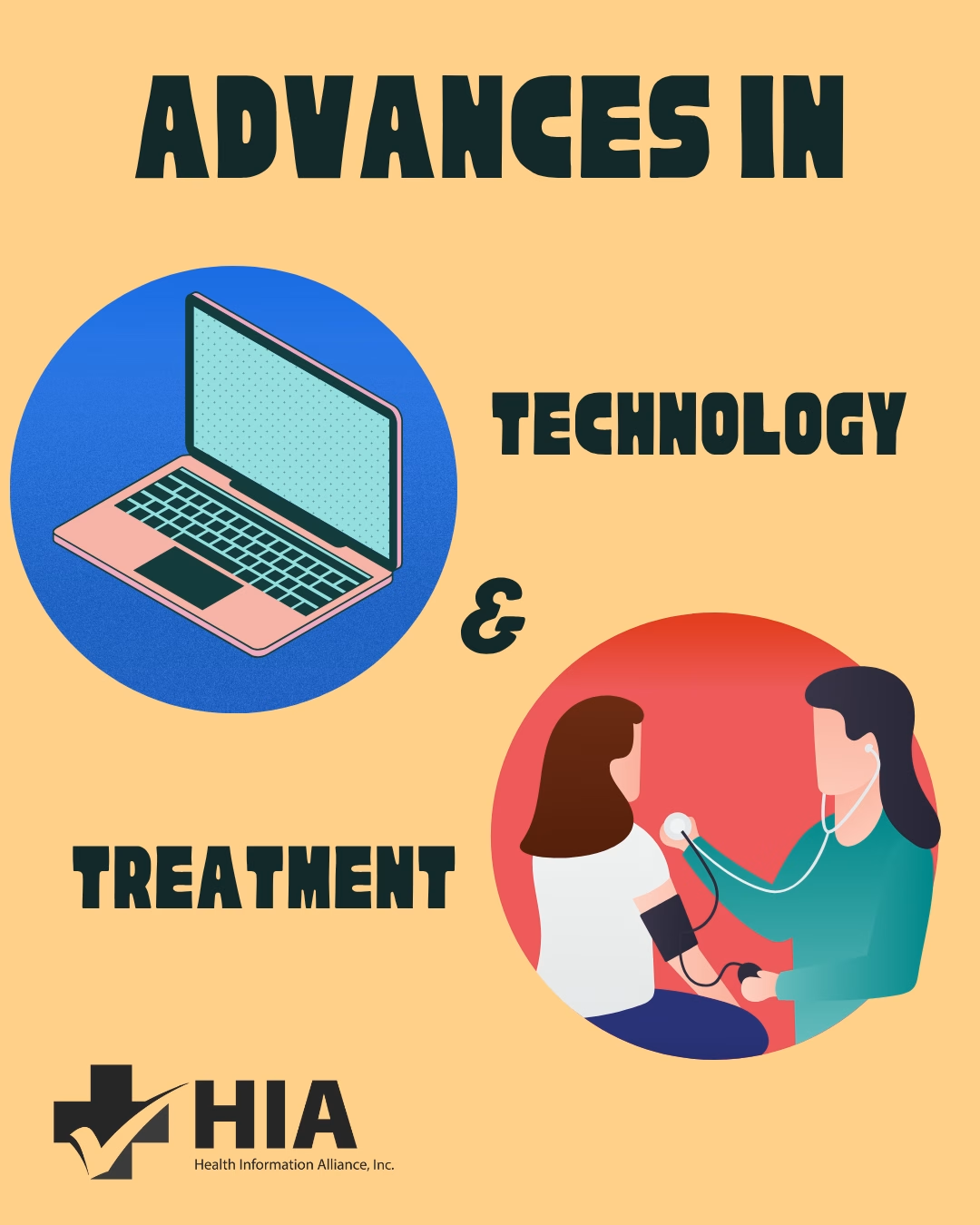The FDA encourages the food industry to reduce the amount of salt in their products for the well-being of the U.S population
Salt, also known as sodium, is an essential nutrient needed by the body in relatively small amounts. It helps maintain the balance of water in and around the cells. It is important for muscle and nerve function and also maintains blood pressure levels. However, diets higher in sodium contribute to hypertension and some cardiovascular diseases like stroke and heart disease. Heart disease is the number one leading cause of death and disability in the United States.
In 2016, The Food and Drug Administration (FDA) ignored the issue pertaining to the amount of salt the food industry was adding to food.
Although the recommended daily value for sodium is less than 2,300 mg for adults, according to the FDA, the average person in the U.S. consumes about 3,400 mg of sodium a day.
Sodium as a food ingredient is considered the second most used additive; many food additives contain sodium and contribute to sodium. Most dietary sodium comes from processed food. Packaged and prepared food contains too much sodium (over 70%). That is why the FDA is working with the food industry to make reasonable reductions in the overall sodium intake.
On October 13, 2021, the FDA, via the Center for Food Safety and Applied Nutrition, asked food manufactures and restaurants to cut down the salt in their product by 12 percent. The FDA is expecting that the food industry will gradually lower the level of sodium down to 3,000 mg a day over the next two and half years. The new guidance will apply to a wide variety of food, including more than 160 categories of the most common foods from chain restaurant meals, processed food on grocery store shelves, and even baby food. Some foods may not taste salty but can still be high in sodium.
Why do the FDA’s recommendations also apply to pre-packaged baby food? The data indicated by the FDA shows that the youngest population is consuming too much sodium. Babies only need less than 1g per day, which can be found in their breast milk and formula. Due to their kidneys being immature, they cannot get rid of large amounts of sodium. The risks of kidney disease and heart disease can begin in childhood, and dietary habits start early and persist.
Many health experts, dietitians, universities, and associations applauded this initiative. Putting the responsibility on the food industry to lower the amount of sodium on their food is a step in the right direction to reduce the average amount of sodium intake. Even though the new recommendations are not imposed, the FDA will find a way to encourage and push manufacturers to make changes. In addition, all companies that comply with lowering their level of sodium will be rewarded.
Sodium is essential for life, but too much sodium will have negative consequences on our health. A diet high in sodium draws water into the blood flow and consequently increases the volume of blood and blood pressure. High blood pressure, also referred to as hypertension, increases the risk of heart attack, heart failure, stroke, kidney disease. According to Dr. Lloyd-Jones, when too much sodium is consumed, the kidneys are less efficient in getting rid of the body’s excess of fluid, leading to high blood pressure. That is why it is essential to limit sodium intake to reduce the risks of blood pressure, which affects nearly half of all U.S. adults.
Health Information Alliance (HIA) understands that education and information are essential to facilitate quality of care. HIA strives to optimize outcomes through education and various outsourcing services for the overall health of the U.S. population. HIA is dedicated to delivering the most efficient services and to encouraging all initiatives that promote healthcare.






